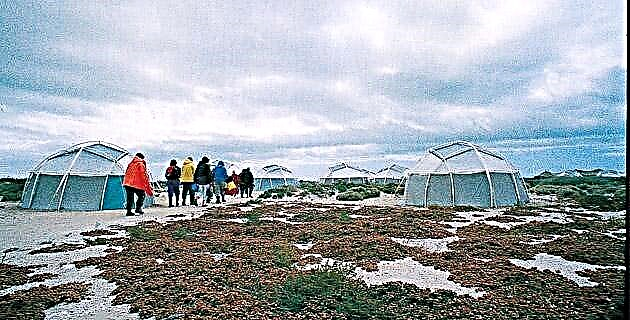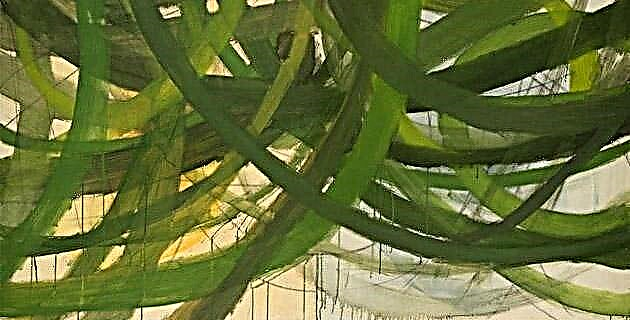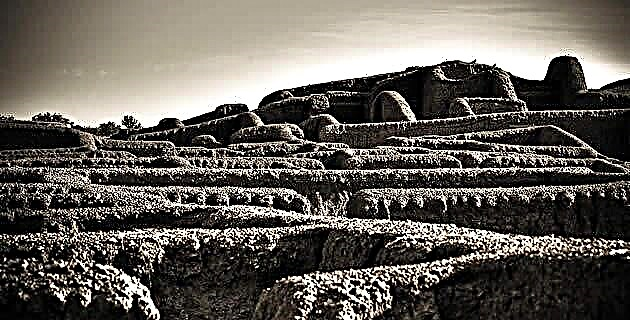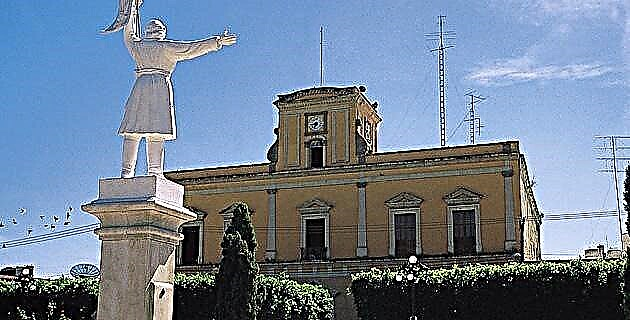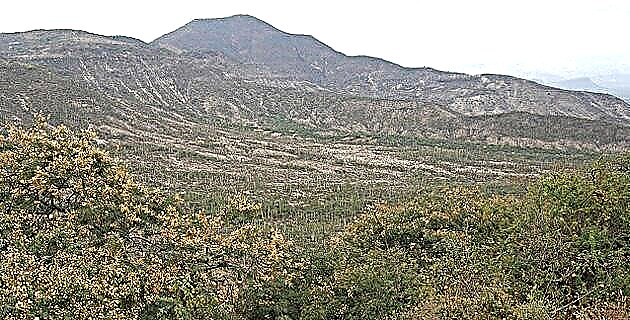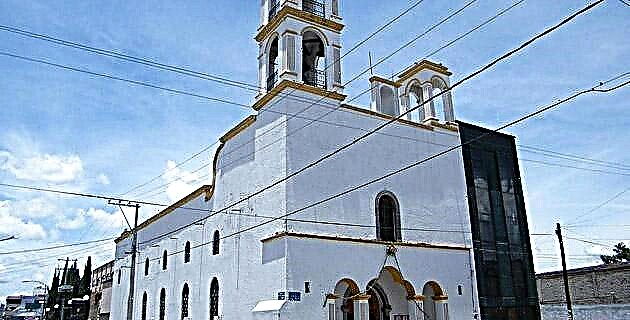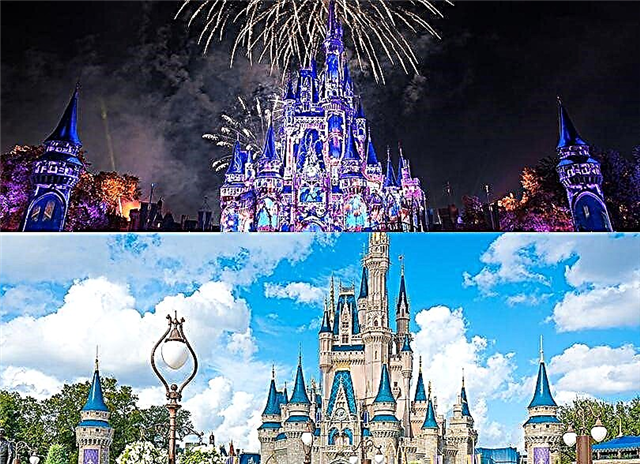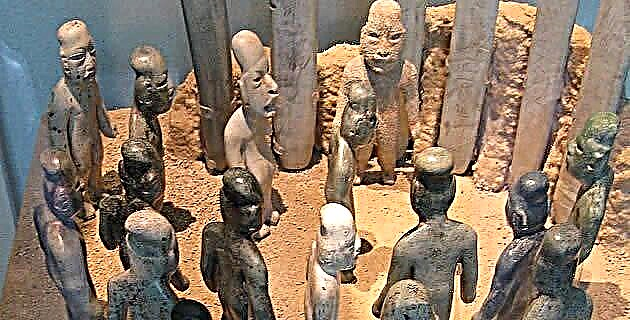
An event of momentous consequences occurred in Mesoamerica around 650 BC.
An event of momentous consequences occurred in Mesoamerica around 650 BC: the presence of foreign elements within the Olmec representational system, related to birds of prey, snakes, jaguars, and toads or frogs; but, even more importantly, it is the smiling type faces that began to replace the "child face" type as the unique human representative of this art.
In Chalcatzingo it is no longer the composite anthropomorphic that appears in relief inside the cave and is known as “El Rey”. In the mural at the entrance to the Oxtotitlán cave, it is not an anthropomorph who is sitting on the stylized image of a reptilian zoomorph, but an individual represented as a bird of prey with symbols that relate him to the zoomorph. At La Venta many stelae show one or more individuals richly dressed in unknown styles, not traditionally Olmec, with images of the anthropomorph as a secondary element in the form of a medallion, insignia or floating around them, and that of the zoomorph as a platform, or basal band on which the Lord sits standing.
This change in Olmec art is not sudden, but the product of a gradual and apparently peaceful transformation, as there is no archaeological evidence of war or conquest. The new pictorial elements are incorporated directly into the existing structure of the traditional Olmec representation. The attempt, it seems, was to use what already existed to validate and promote new concepts, changing what was essentially a religious art for one that obviously had a clear socio-political reason.
By 500 BC, "Olmec" art already has a double function: one at the service of the sovereigns who control it, and the other, that of more religious implications, to promote their social position. Another foundational element of this process, tremendous in its cultural impact for Mesoamerica, was the probable appearance of deities, such as those we know from the Classic and Postclassic.
It is very possible that the revolutionary driving force behind these extraordinary changes came from the south, from the highlands and from the Pacific coast of Chiapas and Guatemala, where the jade came from and where along its trade route we find a large number of sculptures and petroglyphs in a modified Olmec style such as those at Abaj Takalik, Ojo de Agua, Pijijiapan and Padre Piedra, among other sites. During its heyday (900-700 BC) La Venta consumed an enormous quantity of jade (for them more valuable than gold for us) in beautiful carved artifacts in the form of figurines, masks, utilitarian ceremonial objects such as axes and small canoes, others of ritual use and ornaments. In addition, jade objects were deposited in burials or used in votive rites on the mounds and platforms, as well as for offerings in front of the monuments.
This excessive use of jade led to a dependence on the lords who controlled the sources of this precious material in Guatemala. This is the reason why southern influences are seen in the stelae, altars and other monuments of La Venta. These influences are also present in some monuments of San Lorenzo, and Stela C and Monument C of Tres Zapotes. Even the so-called "Olmec" jades found in Costa Rica have more in common with this culture of the Pacific coast than with the people of the Gulf.
This transformation of Olmec art is a revolutionary cultural event, perhaps even more important than the creation of a visual system of representation based on abstract beliefs, as was the Olmec itself. More than a modified style, this late "Olmec" art is the basis or origin of art in the Classic period of the Mesoamerican world.
Source: Passages of History No. 5 The Lordships of the Gulf Coast / December 2000

